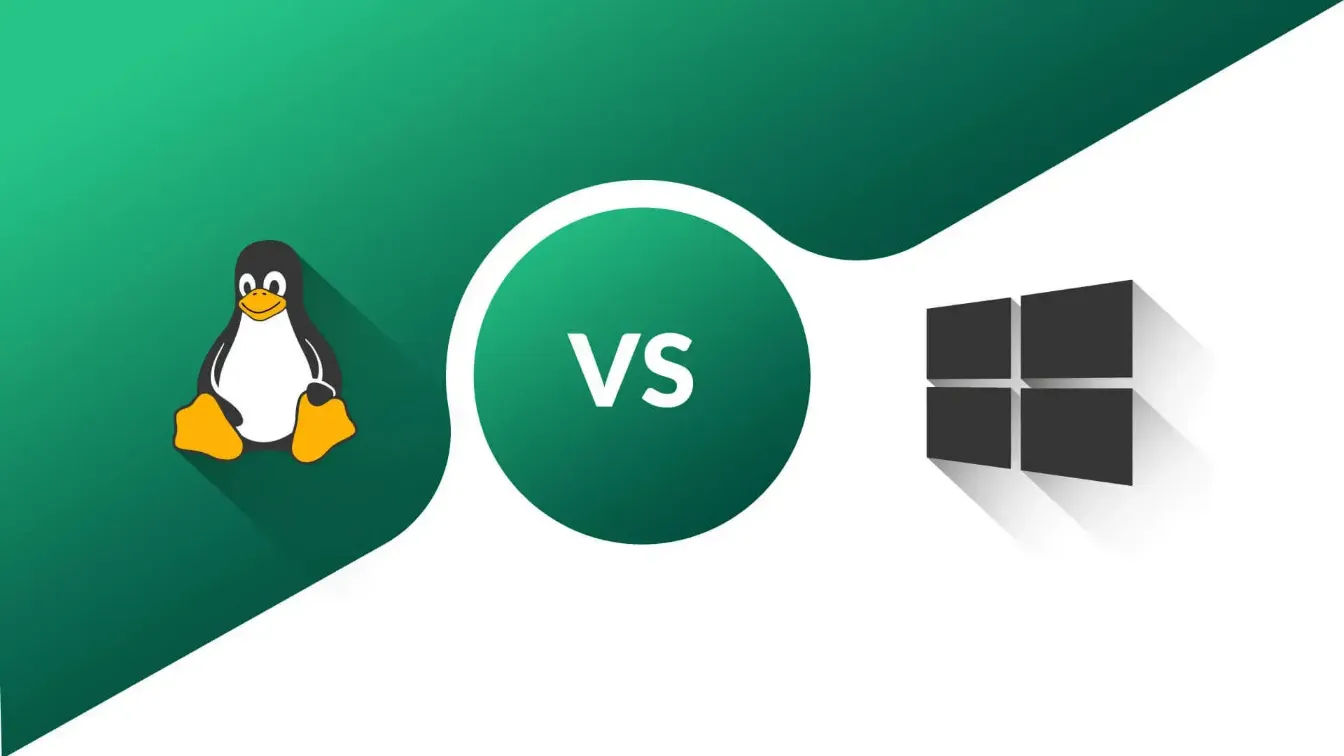Server appliances play a crucial role in modern business operations, facilitating data storage, processing, and the delivery of various services. When it comes to choosing the operating system for your server appliances, Linux and Windows are the two most prominent options in the market. Each has its own set of advantages and disadvantages, tailored to different business needs. In this blog post, we will examine the pros and cons of using Linux and Windows in server appliances, particularly for businesses.
Linux in Server Appliances
Pros
- Cost-effectiveness: One of the most significant advantages of Linux is its low cost. Linux distributions are typically open-source and free to use, allowing businesses to save on licensing fees.
- Customization and flexibility: Linux offers extensive customization options, enabling businesses to tailor their server environment precisely to their needs. Its modular nature allows for easy integration of specific features and removal of unnecessary components.
- Stability and reliability: Linux is renowned for its stability and reliability. It is known to have long uptimes and exceptional performance, making it a preferred choice for critical server infrastructure.
- Strong security: Linux enjoys a reputation for robust security features. It benefits from a large community of developers who actively work towards identifying and patching vulnerabilities promptly.
- Server compatibility: Linux is inherently designed for servers, making it highly compatible with various server hardware configurations and architectures.
Cons
- Learning curve: Linux can have a steeper learning curve, particularly for users accustomed to Windows. IT staff may require additional training or expertise to effectively manage a Linux-based server environment.
- Limited proprietary software support: Some proprietary applications and software have better compatibility with Windows, which might limit the range of software options available for certain business requirements.
- Lack of official support: While Linux has a vibrant community and excellent community-driven support, businesses may sometimes prefer having official support channels from dedicated service providers, which can be limited for certain Linux distributions.
Windows in Server Appliances
Pros
- Ease of use: Windows is known for its user-friendly interface, which simplifies system administration tasks, making it accessible to non-technical users or those familiar with the Windows ecosystem.
- Extensive software compatibility: Windows enjoys broad compatibility with a wide range of commercial and proprietary software applications, giving businesses access to a vast software ecosystem.
- Comprehensive support: Microsoft offers comprehensive technical support for its Windows Server operating system, including security updates, patches, and dedicated customer service.
- Active Directory integration: Windows Server fits seamlessly into Windows-based networks, enabling seamless integration with existing Active Directory infrastructures and easy user management.
Cons
- Licensing costs: Unlike Linux, Windows Server typically involves licensing fees, which can significantly impact the overall cost of server infrastructure, especially for businesses with large-scale deployments.
- Resource-intensive: Windows can consume more system resources compared to Linux, requiring higher hardware specifications to achieve optimal performance, which can result in increased infrastructure costs.
- Security vulnerabilities: Windows has been historically more prone to security vulnerabilities. While Microsoft continually improves its security measures, Windows-based systems may require extra attention and monitoring to ensure robust security.
Conclusion
Choosing the right operating system for your server appliances is a critical decision that impacts your business’s performance, cost, and security. Linux offers cost-effectiveness, flexibility, stability, and security, while Windows provides ease of use, extensive software compatibility, comprehensive support, and seamless integration within Windows-based networks. Assess your business requirements, budget, and administration capabilities to make an informed choice. Ultimately, both Linux and Windows have their strengths and weaknesses, and the decision should align with your specific business needs and priorities.
Consider your business’s goals and consult with IT professionals to select the operating system that best suits your server appliance infrastructure, ensuring optimal performance, security, and efficiency in your business operations.
